Step-By-Step Process: How Onsite Rotor Shaft Grinding Works
Onsite rotor shafts grinding becomes more preferable in industries like power plants, shipping, manufacturing, and paper mills where production time is very important, as every hour is considered as money. Some machine parts and rotating equipment like turbines, compressors, and pumps are playing a big role in completing the work on time. And the key part of these machines is the rotor shaft that is responsible for maintaining balance in production and operational tasks. Regular use of machines puts constant stress on environmental exposure, or due to maintenance lapses, these shafts start showing issues like surface wear, corrosion, scoring, and misalignment.
With traditional repairing techniques, repairing such faults means complete teardown, removal of the rotor, and transportation to a remote machine shop. The traditional repairing process was not only time-consuming and expensive but also increased the downtime, causing a huge loss for industries in modern times. An onsite rotor shaft grinding solution can make it possible to repair the rotor shaft grinding at the equipment’s location without dismantling or transportation.
In this blog, we will discuss the entire process, benefits, challenges, and why it’s the preferred method of rotor shaft refurbishing today.
What Is Onsite Rotor Shaft Grinding?
Onsite rotor shaft grinding, or in-situ shaft grinding, refers to the process of restoring worn, corroded, or misaligned rotor shafts using portable, high-precision grinding and measuring equipment on site that reduces the downtime and saves the transportation cost of the company. Traditional workshop repair needs complete machine teardown,it is time-consuming and labor-intensive and also involves transportation and logistics costs. It leads to higher operational downtime.
Whereas in the case of onsite rotor shaft grinding, there is no need for disassembling, the repair work is done in a fast, efficient, and mobile way, the repair work can be performed at the equipment location and downtime is also less while maintaining the efficiency of the production. It is used by power plants in steam/gas turbines, generators, also used in marine vessels in propeller shafts, engine rotors, or in manufacturing industry in rollers, compressors, pumps. It is used in paper mills like in dryer cylinders, rotating rollers, etc.
Common Issues Addressed by Rotor Shaft Grinding
Rotor shafts typically operate in harsh environments with high temperatures, heavy loads, and continuous motion. That leads to the occurrence of the following issues:
1. Surface Wear and Scoring: Surface wear and scoring are caused by metal-to-metal contact or poor lubrication in the machine that leads to imbalance in the functioning of the machine.
2. Corrosion and Pitting: Corrosion and pitting happen due to exposure to chemicals or moisture. It results in weakening of the shaft surface and then breakdown.
3. Misalignment: Misalignment occurs due to installation errors or gradual bearing wear that results in vibration, noise, and performance loss.
When Does a Rotor Shaft Need Grinding?
A rotor shaft shows the sign of grinding when there is an increase in vibration or noise; overheating of the equipment can also give rise to the need for grinding. When performance reduces and you find uneven wear patterns or marks on the shaft, then you should go for grinding. If you are facing frequent bearing failures, then there is also a need for shaft inspection so that issues can be solved in time and you can eliminate the chance of any big failure in the future.
Step-by-Step Process: How Onsite Rotor Shaft Grinding Works
1. Assessment and Inspection
Before starting rotor shaft grinding, skilled technicians conduct a thorough evaluation, like a visual inspection, to check if there is any surface damage, cracks, or corrosion.Measure precision by using micrometers, vernier calipers, and dial indicators. Also check hardness or do a comparison with OEM specs.This comparison will help in planning the grinding process and choosing the right tools for the grinding works of the machine.
2. Preparation and Setup
In this step operators have to take care of safety and accuracy, for which operators need a careful setup like transportation and installation of portable grinding units at the site, then mounting and aligning equipment around the rotor shaft without removing it. After that they have to create safe work zones by isolating the area from vibration or contamination. Then they apply protective coverings to nearby components, as taking care of the highly skilled alignment ensures that the grinding process is concentric and uniform across the shaft surface.
3. Precision Grinding
At this stage operators have to begin the actual material removal phase. Operators have to follow the selection of grinding wheels based on material hardness, type of wear like scoring, corrosion, etc. Then they gradually remove material layer by layer. They also ensure continuous cooling and lubrication to avoid heat stress. Sometimes operators also use manual or automated feeds for ultra-fine control. They do regular checks to ensure roundness, taper correction and uniform surface finish. Grinding is continued until original OEM tolerances are restored within 10–20 microns.
4. Measurement and Verification
After finishing the grinding step, technicians have to recheck all critical parameters like diameter consistency across the length, roundness and concentricity, surface finish using profilometers and alignment verification by using laser systems. These tests confirm that the rotor shaft meets the company specification .
5. Finishing, Reassembly, and Testing
When grinding and inspection are complete, then the next step is to polish the shaft surface to improve the finish and reduce friction. Then the next step is to gather bearings, housings, or couplings. After this, there is an operational test under load to confirm vibration levels and reduction of noise to ensure smooth operation. After this, documentation and final reports are handed over with details of all measurements and tolerances achieved.
Advantages of Onsite Rotor Shaft Grinding
Onsite rotor shaft grinding significantly reduces downtime because the repair is carried out directly at the site, eliminating the time-consuming process of dismantling and transporting the parts to a workshop.
It is cost-saving as it eliminates the expenses of expensive logistics, labor, replacement parts, cranes, transport, and reinstallation costs.
Onsite rotor shaft grinding is done by experienced technicians with modern tools and skilled operators that give the perfect finishing touch to the work.Properly ground and balanced shafts restore and increase operational efficiency and reduce future failure.
Common Challenges and How They’re Solved
- One major problem that has to be faced in onsite repair is less space; working around large, installed equipment can be difficult.To overcome this, the space should be designed in compact, modular grinding units for confined environments.
- Technicians have to face unstable power supply or machine vibration during operation. To eliminate this problem, they must ask the owners to arrange portable generators and anti-vibration platforms.
- There may be problems like extreme weather or poor lighting and having to do outdoor repairs or work in a dim light as installed in factory setups. Technicians must carry waterproof covers, portable lighting rigs, and temperature-resistant tools to work without any environmental disturbance.
Best Practices Post-Grinding
After grinding, you must follow the following practices to ensure the long life of the machine.
- Do a routine vibration analysis to find out any anomalous change in the vibration and then solve it on time before it becomes a big problem in the future.
- Ensure regular lubrication by using oil condition monitoring; also, use the best quality of lubricant oil for the smooth functioning of the machine.
- Clean the machine thoroughly after each use to remove debris and prepare it for the next shift. This practice will maintain the efficiency of the machine and increase the life of the machine.
- Regularly monitor the machine’s condition and check to find out issues like imbalances or out-of-roundness in wheels or centers, and re-measure and re-qualify machines regularly. When you have to face problems on a frequent basis, then go for full shaft replacement or bearing upgrades.
Conclusion
If you are facing rotor shaft issues, then with onsite rotor shaft grinding, you can eliminate the need to bring production to a halt. Now industries can repair critical equipment where it stands, which saves both time and money for the owner. This service provides the benefits of expertise and convenience together that make it a good decision for the maintenance of modern plants. Whether it’s a need for repair of a turbine, pump, or roller, in-situ rotor shaft refurbishing ensures smooth, efficient, and uninterrupted workflow by completing the work in hours rather than completing the work in weeks.
Frequently Asked Questions (FAQs)
1. What is the main benefit of onsite rotor shaft grinding?
The main benefit of onsite rotor shaft grinding is it eliminates the need for dismantling and transportation. That reduces the downtime and expenses on labor for moving the place at the repair station.
2. How accurate is the onsite grinding process?
The onsite grinding process is done with modern tools and skilled operators or technicians who can restore shafts within 10–20 microns that will match factory tolerances.
3. Is it possible to grind large-diameter shafts on-site?
Yes, it is possible to grind large-diameter shafts onsite, as portable grinders can handle shafts up to 700 mm in diameter or more that are used in heavy industries like marine and power industries.
4. What signs indicate my rotor shaft needs grinding?
Signs that indicate that your rotor shaft needs grinding are excessive vibration, noise, surface damage, overheating, and frequent bearing issues. Taking care of these signs can prevent you from future loss due to failure of the machine.
5. Which industries benefit most from onsite shaft refurbishing?Industries that would benefit from onsite shaft refurbishing are power plants, marine vessels, paper mills, cement plants, and manufacturing setups where rotating machinery are the key components in the production.




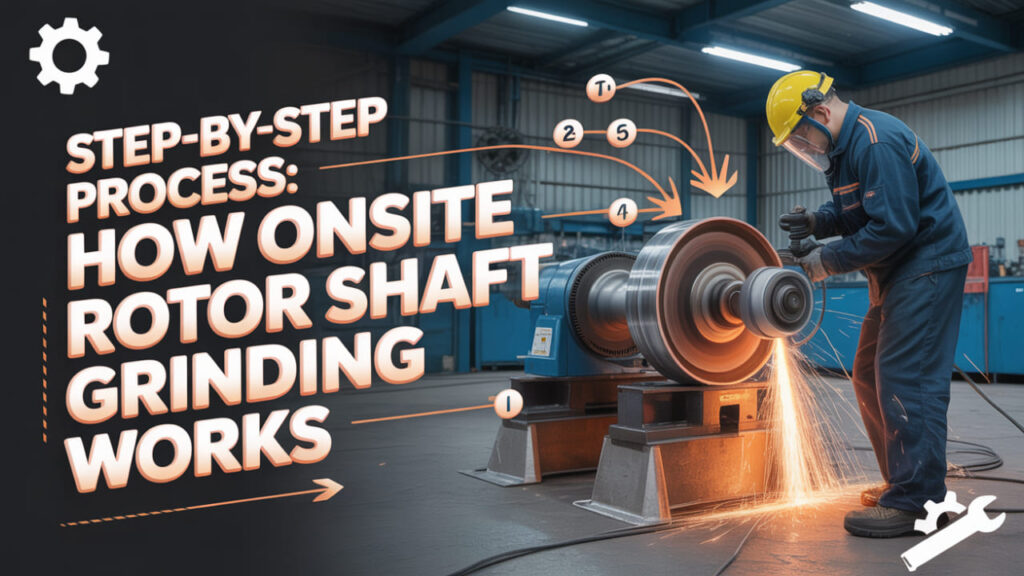
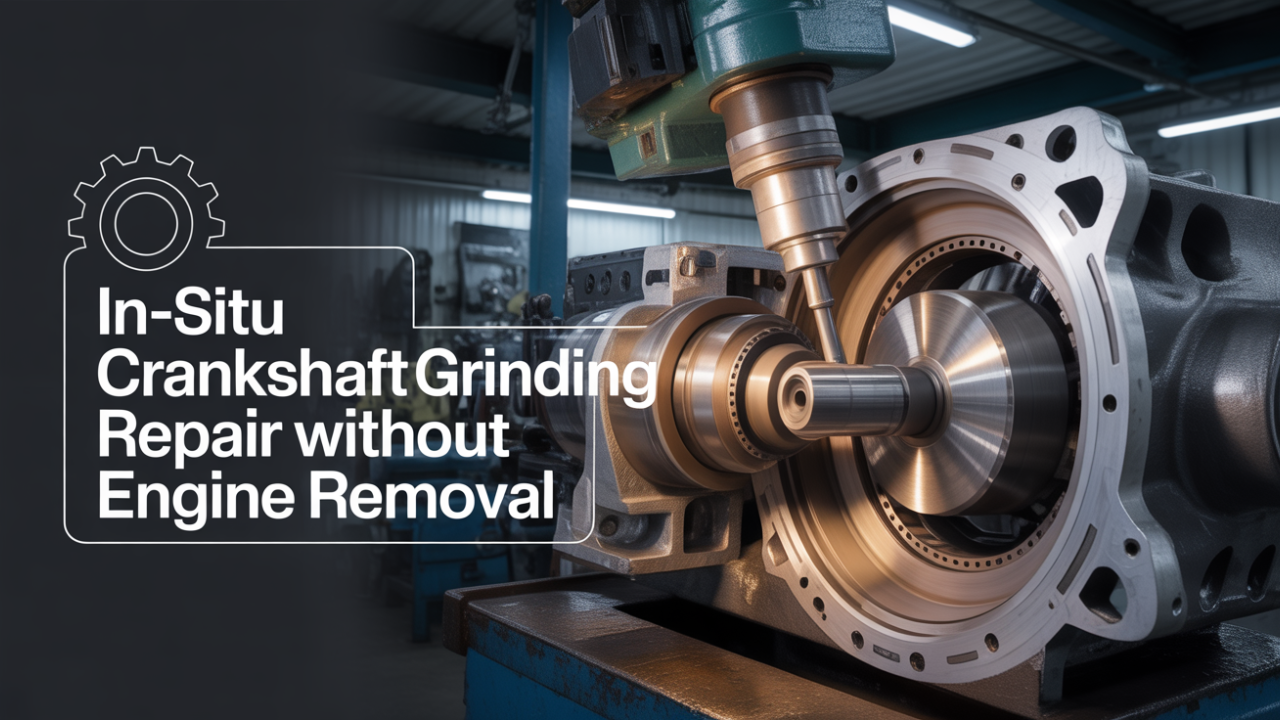
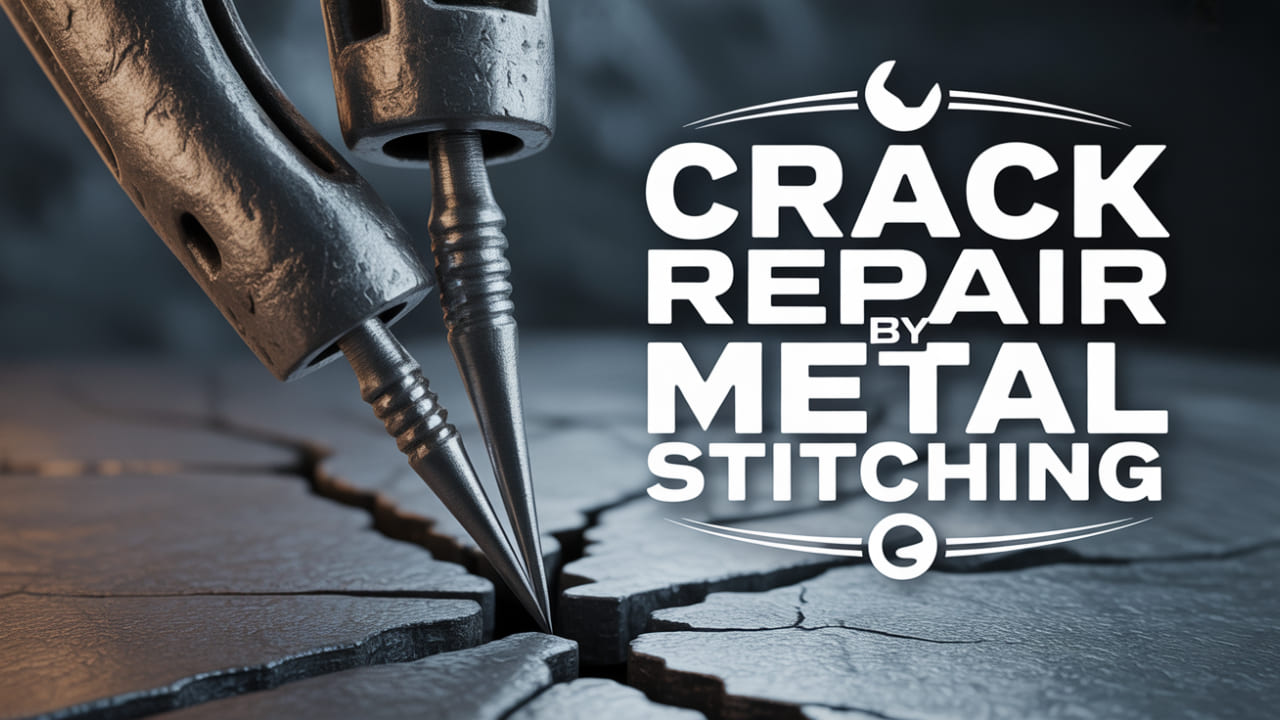
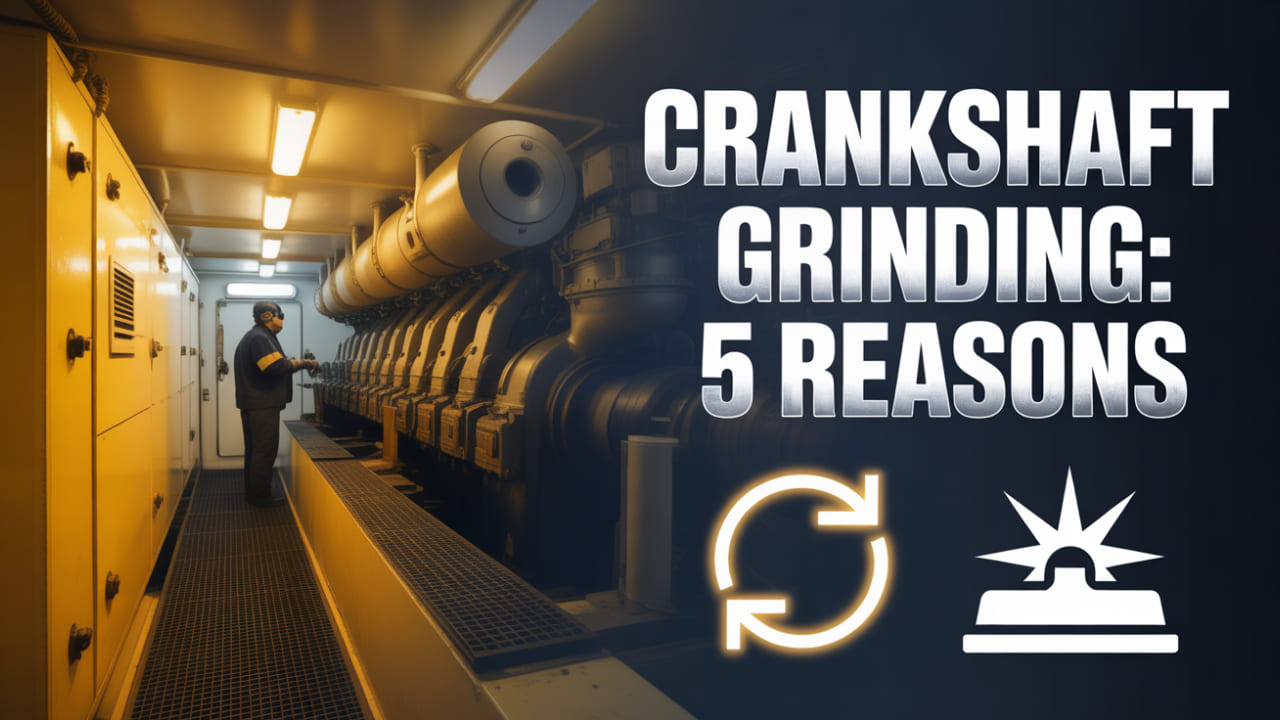
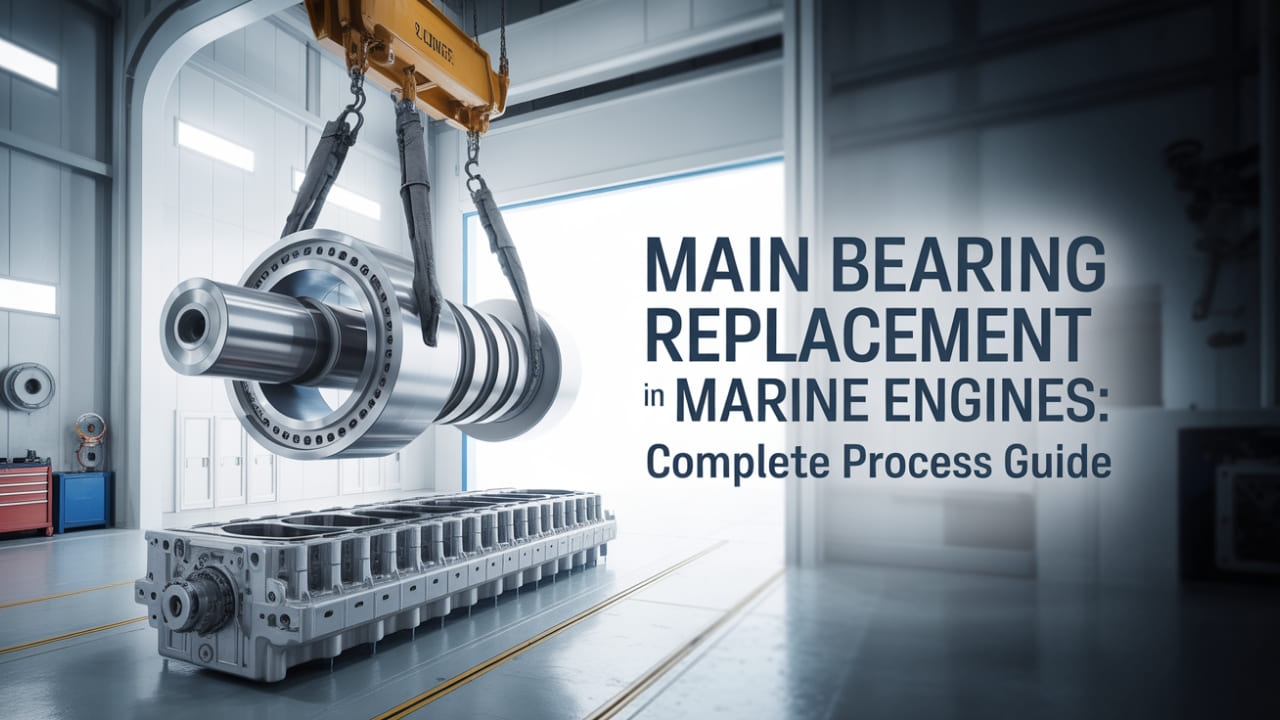

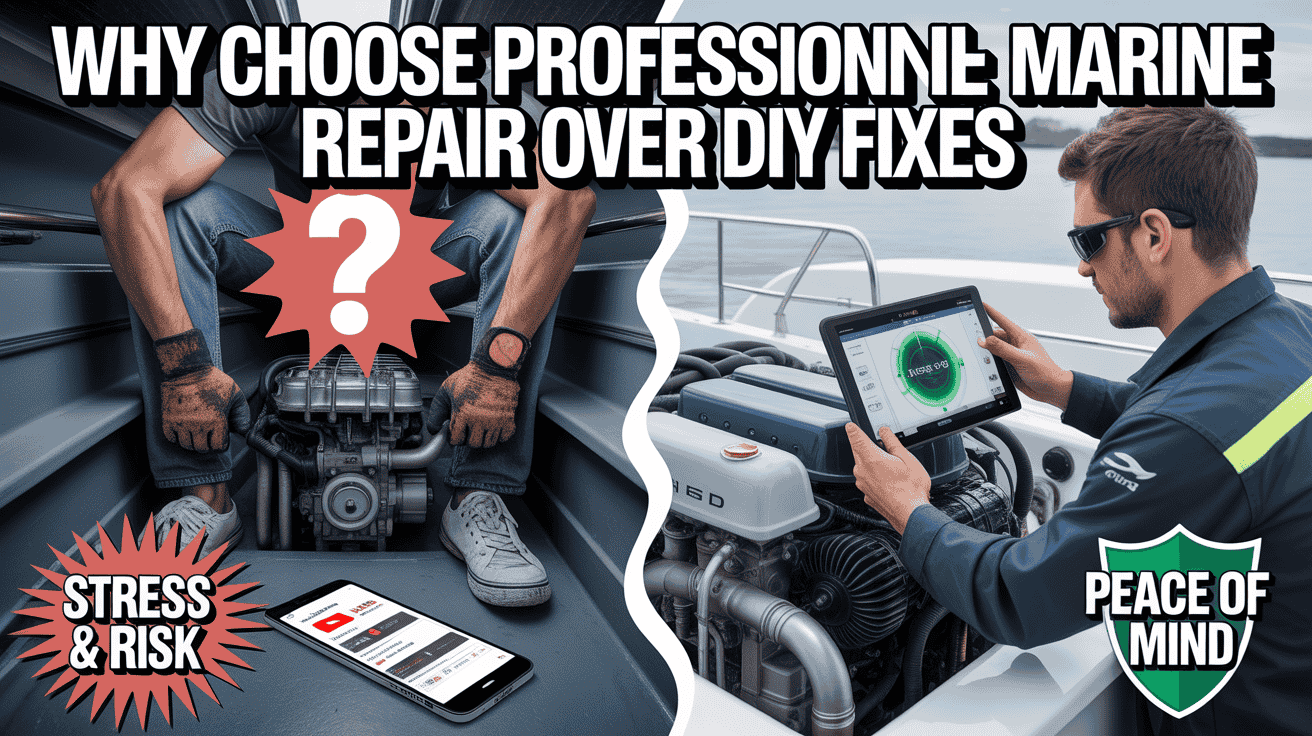
No Comments